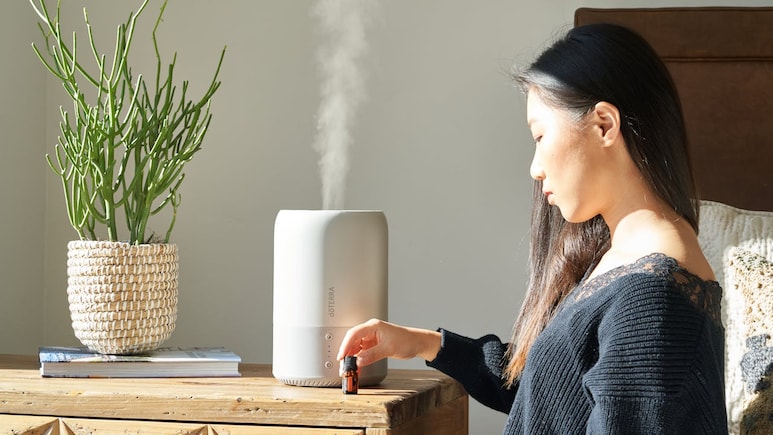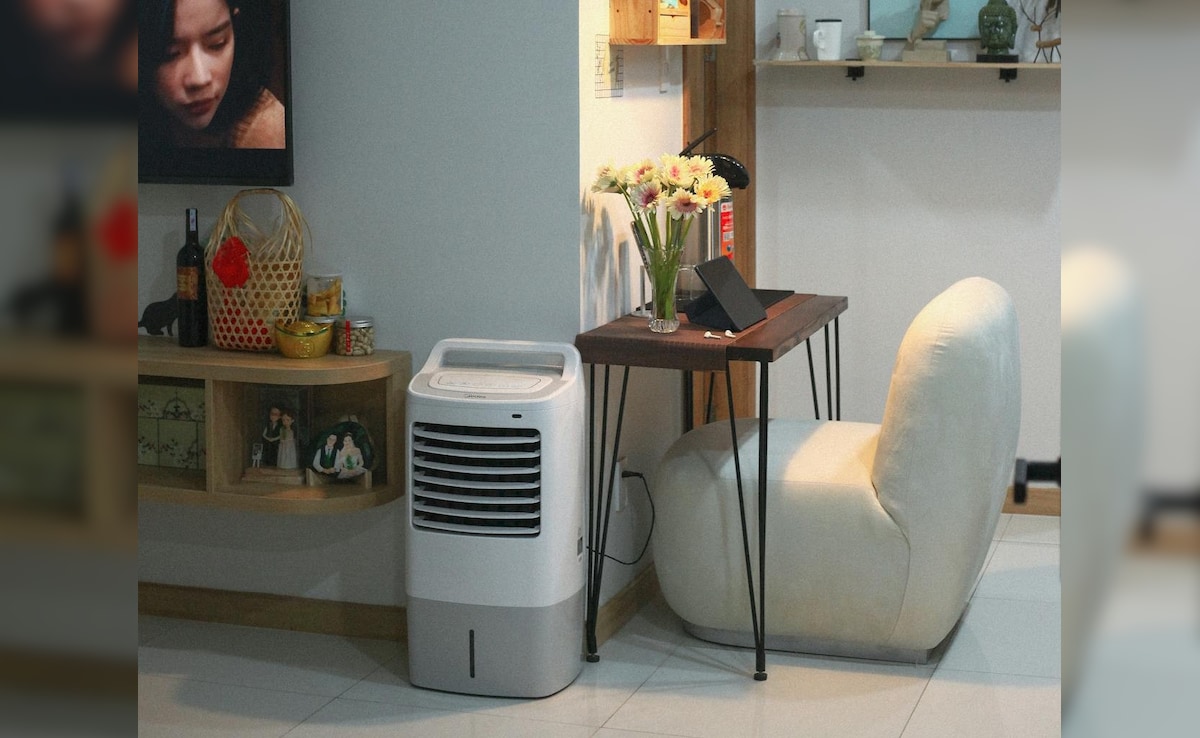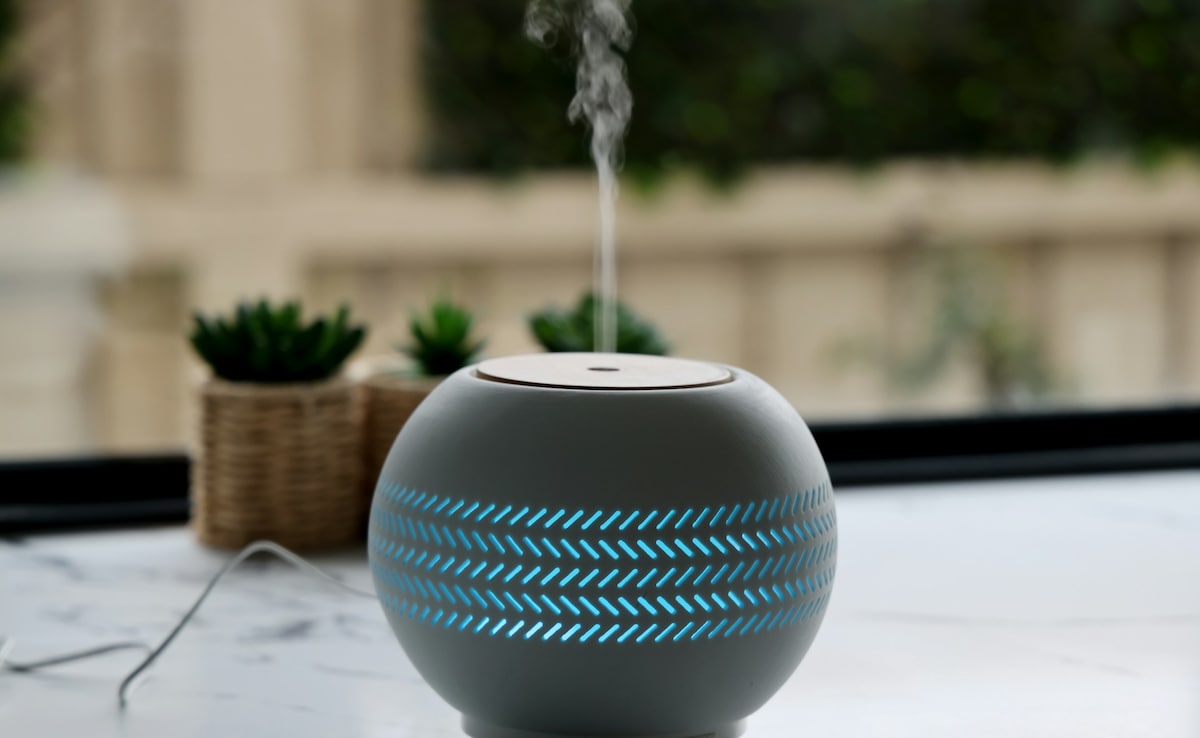
Winter brings a shift in indoor air dynamics. Homes are sealed tightly against the cold, heaters or fireplaces blast dry air, and outdoor pollution often seeps inside. In cities like Delhi-NCR, where ambient particulate levels soar during winter months, indoor air quality matters more than ever. While many invest in devices promising healthier air, the two most common are air purifiers and humidifiers, but they serve fundamentally different purposes.
An air purifier is designed to remove pollutants such as dust, fine particles, allergens and volatile organic compounds (VOCs) from the air. A humidifier, on the other hand, adds moisture into dry indoor air, helping soothe dry skin, irritated nasal passages and sometimes reduce the infectivity of viruses. The confusion often lies in whether they overlap, or whether you need both. This winter, with rising respiratory illnesses and indoor air complaints, it's wise to understand what each device really does, and what your home actually needs.
How Do Air Purifiers Work?
Air purifiers are built around filters (commonly HEPA filters) that trap airborne particles as small as 0.3 microns, removing fine dust, pollen, smoke and pet dander. According to the U.S. EPA and Johns Hopkins Medicine, such devices may benefit individuals with allergies or asthma, although they do not substitute for broader pollution reduction efforts. In heavily polluted winter conditions, particularly in urban areas, an air purifier can reduce indoor exposure to particulate matter (PM2.5 and PM10) that infiltrates homes. That makes them an important tool where outdoor air is compromised.
One caveat: Purifiers handle "what's in the air". They don't adjust humidity or address dryness.

Photo Credit: Pexels
How Do Humidifiers Work?
Humidifiers release water vapour or fine mist into indoor air, raising relative humidity levels. Research shows that maintaining indoor humidity between about 40-60% can reduce the survival of certain viruses in the air, assist respiratory comfort and ease dry membranes. In winter, when heating systems draw moisture from the air and cause dry skin, sore throats and nasal irritation, humidifiers can restore comfort. However, if humidity rises above about 50%, there's a risk of mould, dust-mite growth and worsened respiratory symptoms.
In short: Humidifiers address dryness, not filtration.
Do You Need Both An Air Purifier And Humidifier, Or Only One?
Because air purifiers and humidifiers address different indoor-air problems, the need for both depends on your environment. If outdoor pollution is high (for example in smog-prone urban areas like Delhi-NCR), then an air purifier is a priority. If indoor air is dry, causing cracked lips, frequent static, itchiness or dry nasal passages, then a humidifier may be helpful.
Many experts suggest that in ideal situations, using both can be complementary. Air purifiers remove airborne pollutants, while humidifiers add moisture in dry air. Together, they can enhance indoor air quality and maintain comfortable humidity levels.
However, and importantly, both devices require proper use and maintenance:
- Change filters in purifiers regularly. Dirty or overloaded filters reduce effectiveness.
- Clean humidifiers and use distilled water periodically to avoid growth of bacteria or mould.
- Measure humidity using a hygrometer to avoid over-humidifying; aim for 40-50% humidity.
- Placement matters. An air purifier should be in a central location with unobstructed airflow; a humidifier should not be placed so it saturates walls or electronics.

Photo Credit: Pexels
Air Purifier Vs Humidifier: Choosing Wisely For Your Needs
Start with assessing your key problem. Are you battling smog or indoor pollution? Then go with a good-quality air purifier with HEPA and activated-carbon filters. Are your symptoms about dry air, like dry throat, skin, eyes? Then a humidifier might suffice.
If both issues exist (pollution plus dry air), and budget allows, using both may offer the best indoor-air environment this winter. But they should not be substitute for other measures. Improve ventilation when outdoor air quality allows, avoid indoor smoking, reduce indoor chemical emissions and keep indoor surfaces clean.
Winter brings a dual challenge for indoor air. Polluted outdoor air pressing in and heating systems drying things out. An air purifier and a humidifier serve distinct but potentially complementary roles. One filters out harmful particles, the other adds moisture to protect your airways and skin. If you're living in a polluted region, the priority should be purifier first; and if your indoor air still feels too dry, add the humidifier. But neither device replaces good building hygiene, ventilation practices or allergy and respiratory care. Use them wisely, maintain them properly, and your home can truly become a healthier refuge this winter.
Disclaimer: This content including advice provides generic information only. It is in no way a substitute for a qualified medical opinion. Always consult a specialist or your doctor for more information. NDTV does not claim responsibility for this information.
Track Latest News Live on NDTV.com and get news updates from India and around the world

